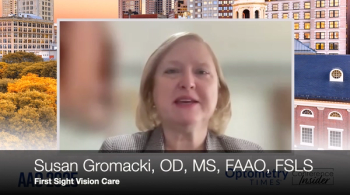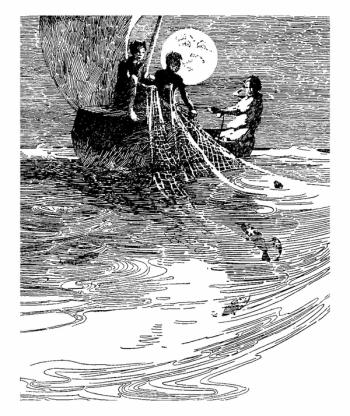
Visgenx announces positive results from key translational study for its gene therapy candidate for dry AMD
A recently completed non-human primate study of VGX-0111 demonstrated good tolerability, provided strong transgene expression in the targeted region of the retina, and increased production of the lipids whose decline is associated with macular degeneration.
Visgenx, Inc. announced positive data from a non-human primate study of VGX-0111 to deliver the ELOVL2 transgene. The study used a single subretinal injection with the goal of investigating whether VGX-0111 expresses in the target tissues and causes an increase in very long chain polyunsaturated fatty acids at a dose that is well tolerated. VGX-0111 was able to successfully demonstrate these parameters.
While the underlying cause of dry
Studies in natural aging models of dry AMD in rodents have demonstrated that a single treatment with VGX-0111 increased ELOVL2 expression and protected against photoreceptor loss. The recently completed study investigated VGX-0111 in non-human primates as the next step toward human clinical trials. The studies showed VGX -0111 was well tolerated and expressed appropriately in the targeted areas of the retina. Most importantly, the study demonstrated a meaningful increase in the LC and VLC PUFAs whose deficit is associated with dry AMD.
Martin Emanuele, PhD, Chief Science Officer of Visgenx shared his insights on this AMD theory and the outcome of this study in the news release, saying, "A robust body of scientific literature supports that long chain and very long chain polyunsaturated fatty acids play essential roles in both the vision transduction process and supporting the bioenergetics of retinal function. The findings demonstrate that it is possible to increase the fatty acids whose decline is associated with dry AMD with a well-tolerated treatment in a species closely related to humans. This is very encouraging and bodes well for further development."
Reference:
Visgenx Announces Positive Results from a Key Translational Study for its Gene Therapy Candidate for Dry AMD. Visgenx, Inc. June 27, 2023. Accessed June 27, 2023. https://www.biospace.com/article/releases/visgenx-announces-positive-results-from-a-key-translational-study-for-its-gene-therapy-candidate-for-dry-amd/
Newsletter
Want more insights like this? Subscribe to Optometry Times and get clinical pearls and practice tips delivered straight to your inbox.



















































.png)


